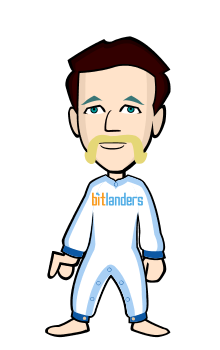Basically, computers work by taking commands and giving feedback: input and output. The hardware in the computer takes the input from the user or a program and provides the result (text, image, file) that is desired.For example, when you type letters on a keyboard, it analyzes the keystroke and electronically displays the image of the letter on the screen. This requires several dozen operations that you never see, and which operate at incredible speed.
A computer works by manipulation of binary coded symbols (numbers), according to lists of binary coded instruction symbols. Everything in an electronic (digital) computer is binary coded symbols, whether it is data or instructions.
A computer has many components that work together to produce a picture on your screen, run programs, allow you to type, move the mouse about and surf the Internet, and other activities. Computer hardware devices include:
Processor (CPU) - This processes all the information on a computer and tells it where to go, and what to do.
Hard Drive (HDD) - This stores data for the computer to use when needed. All your files and the operating system are stored here.
Random Access Memory (RAM) - This is where data is stored whilst the computer is turned on, the operating system and any other programs you open are stored here, and deleted when the computer is turned off.
Graphics Processor Unit (GPU) - This processes the signals from the HDD, RAM and CPU to make a picture appear on your computer screen.
Motherboard (MOBO) - All the components fit onto the MOBO and it brings them all together to form a computer. Information travels from component to component through the MOBO.
---
What the computer does when turned on:
When the computer is not turned on the Operating System is not taken from the HDD, processed by the CPU and sent to the RAM for you to use. When you click on a program, the CPU searches the HDD for the program and then processes it and transfers it to RAM.
File Storage:
Files are stored on the HDD, and when they are open they are stored in the RAM. They are stored in the RAM so that the computer can access them quicker.
Other Components:
A computer had many other components, Mice, Keyboards, Sound Cards, Speakers, Network Cards, Optical Storage Media and USB Devices. These all provide the computer with inputs and outputs.
Inputs and Outputs:
An Input is a way that you can give the computer data and control it.
An Output is how the computer displays information to the user.
Software:
The Operating System (OS) - This is a very important part of a computer, it controls programs, transfers data to the correct programs, handles inputs and outputs and gives you the desktop on your computer.
Programs - There are many different types of programs. For example: Games, Office Programs, Internet Browsers, Educational Programs and many more.
well if it a lap top there a fan that you always need for the lap top and a charger
How computer works
Posted on at



